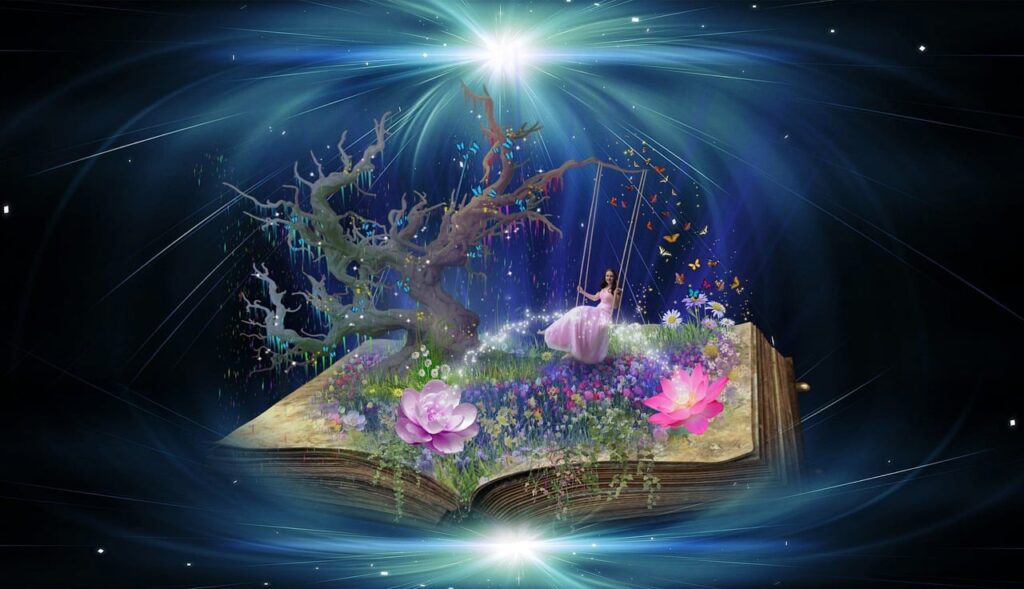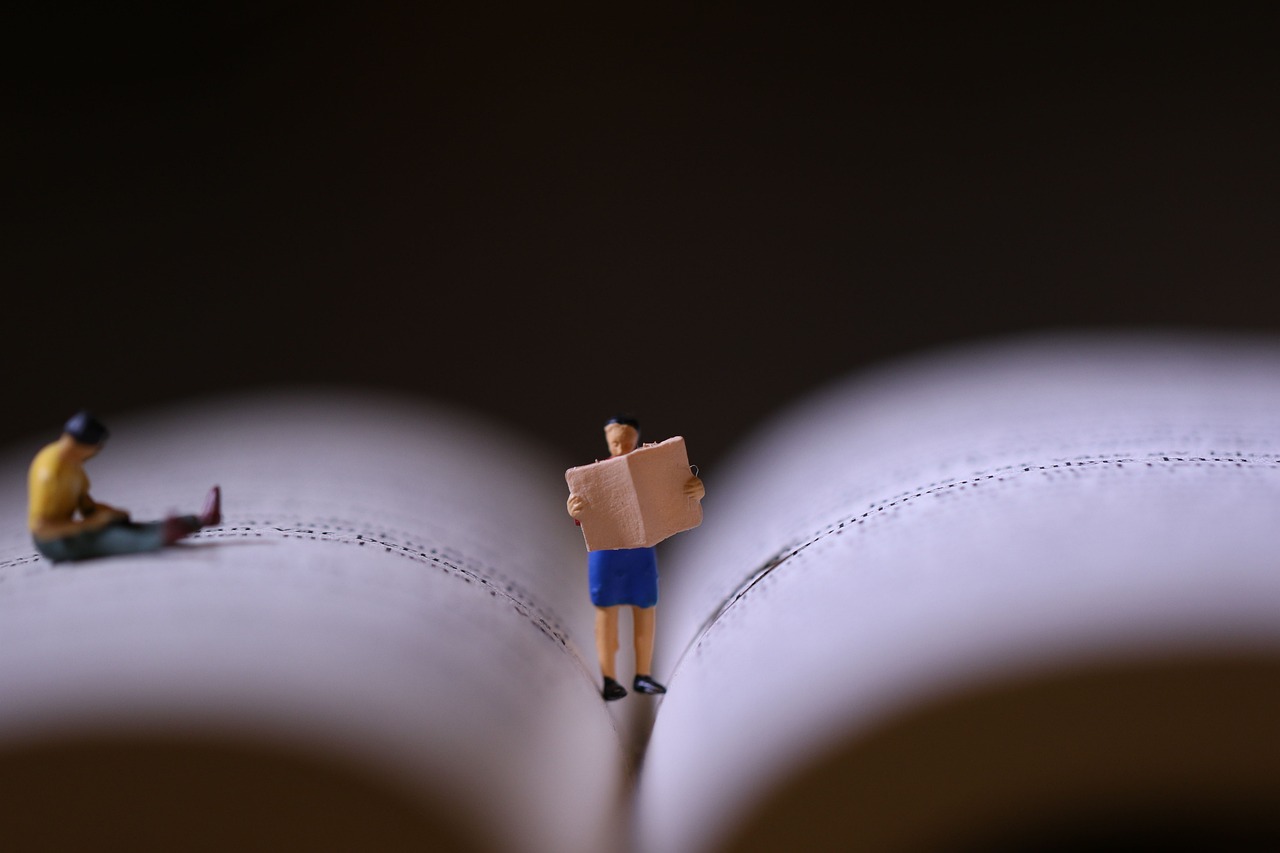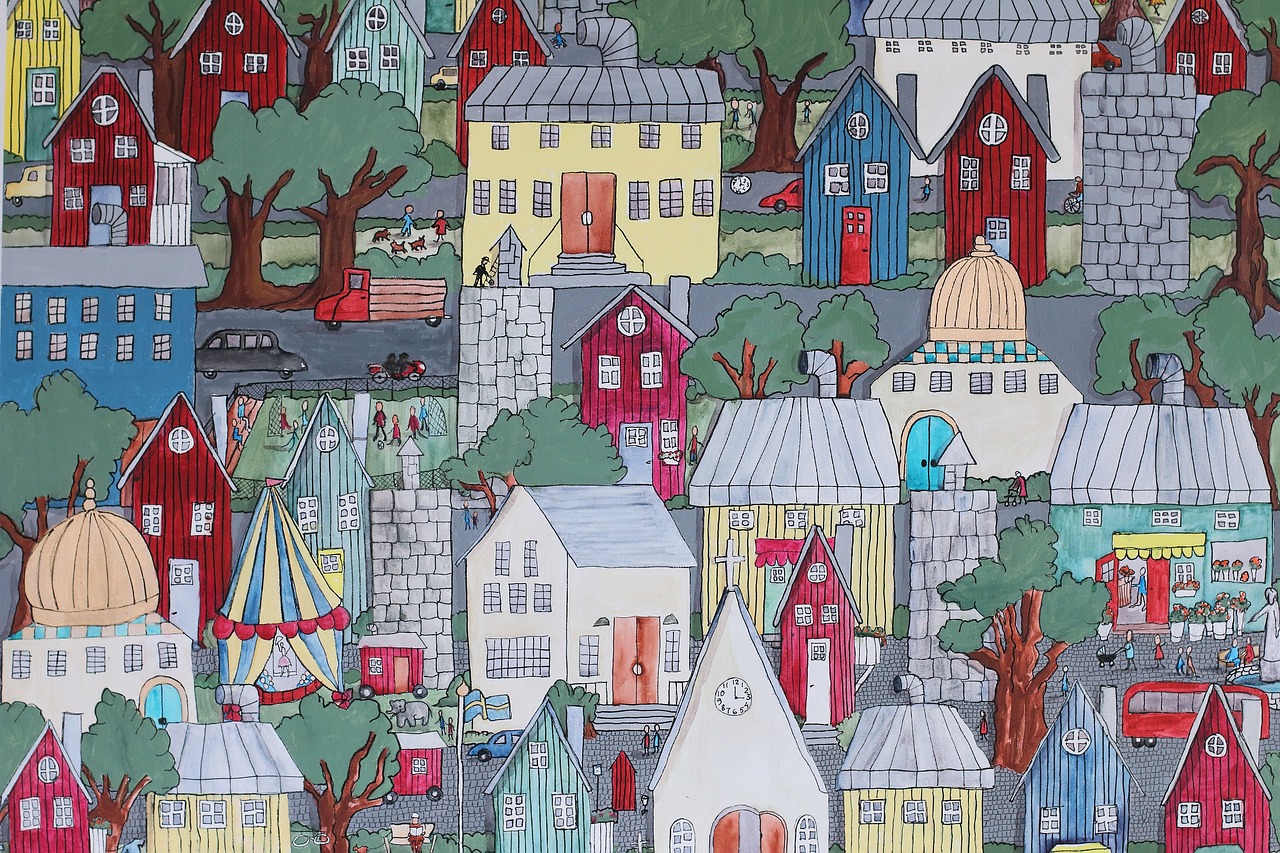Ever felt that rush of excitement when a story pulls you in, making you lose track of time? That magic is often a result of cleverly woven literary devices, the heart and soul of impactful writing. Whether you’re trying to boost your writing skills or tackle those challenging English exams, literary devices can sometimes feel as confusing as a puzzle. In this guide, we’ve put together a handy resource to help you understand literary devices with ease. Consider this your go-to dictionary for literary devices, complete with simple explanations and real-life examples to show you how they work.

What are Literary Devices?
A literary device is a technique or tool used by writers to enhance the depth, meaning, and impact of their writing. These devices go beyond the literal meaning of words, adding layers of complexity, imagery, and emotion to a text. Examples of literary devices include metaphors, similes, personification, alliteration, assonance, and more. Writers employ these techniques to engage readers, create vivid mental pictures, evoke emotions, and convey ideas in a more artistic and compelling manner.
Why Do Writers Need to Know Them?
Literary devices are the building blocks of storytelling. They have the power to make your writing engaging, your characters vivid, and your plots intriguing. When applied adeptly, they captivate your readers, pulling them into your narrative.
Think of renowned authors like Mark Twain, who used irony to infuse humor into his tales, or F. Scott Fitzgerald, who painted the Roaring Twenties with the brush of symbolism in The Great Gatsby. These literary luminaries understood the potency of these devices and wielded them masterfully.
Top 30 Literary Devices
Now, let’s delve into a treasure trove of literary devices, each with its unique charm and utility in crafting memorable prose. Here are 30 literary devices every writer should know:
- Alliteration: Repetition of the same consonant sounds in nearby words (e.g., slippery snake).
- Allusion: A reference to another work of literature, person, or event (e.g., “He’s a real Romeo”).
- Anadiplosis: Repeating the last word of one phrase or sentence at the beginning of the next.
- Anaphora: Repeating a word or phrase at the beginning of successive sentences (e.g., “Be bold. Be brave. Be happy”).
- Antithesis: Contrasting ideas in parallel phrases (e.g., “To be or not to be”).
- Assonance: Repetition of vowel sounds within words (e.g., fleet feet sweep by sleeping geeks).
- Aporia: Expressing doubt or a rhetorical question to emphasize uncertainty.
- Cacophony: Harsh, discordant sounds used for effect.
- Chiasmus: Reversing the grammatical structure in successive phrases (e.g., “fair is foul and foul is fair”).
- Cliché: An overused expression that has lost its originality (e.g., “time flies”).
- Epiphany: A sudden realization or comprehension.
- Euphemism: Using a mild or indirect word or phrase instead of a harsh one (e.g., passed away instead of died).
- Foreshadowing: Dropping hints or clues about future events in the narrative.
- Hyperbole: Exaggeration for emphasis (e.g., I’m so hungry I could eat a horse).
- Imagery: Vivid sensory descriptions that create a mental picture for the reader.
- Irony: A contrast between expectation and reality, often used for humor or drama.
- Juxtaposition: Placing two contrasting elements side by side (e.g., light and dark).
- Litotes: Understatement for emphasis (e.g., not bad instead of good).
- Malapropism: The use of a word that sounds similar to the correct one but is humorously inappropriate in context (e.g., “He’s the pineapple of politeness”).
- Metaphor: A direct comparison, saying one thing is another (e.g., time is money).
- Onomatopoeia: Words that sound like the noise they describe (e.g., buzz, hiss).
- Oxymoronic Juxtaposition: Combining contradictory elements for impact (e.g., “deafening silence”).
- Oxymoron: Combining contradictory words for effect (e.g., bittersweet).
- Paradox: A statement that seems contradictory but may be true (e.g., less is more).
- Personification: Giving human attributes to non-human entities (e.g., the wind whispered).
- Polysyndeton: The repetition of the same conjunction in close succession for emphasis or a rhythmic effect.
- Simile: A comparison using “like” or “as” to create vivid imagery (e.g., as busy as a bee).
- Symbolism: Using objects or elements to represent deeper meanings (e.g., a red rose symbolizing love).
- Synecdoche: Using a part to represent the whole (e.g., using threads to mean clothing).
- Zeugma: Using one word to modify or govern two or more words, but differently (e.g., “She stole my heart and my wallet”).
Incorporating Literary Devices Into Your Writing
Remember, the choice of device should align with your writing style and genre. The key is balance. Don’t overload your writing with devices; instead, sprinkle them strategically. Think of it as seasoning – just enough to titillate the senses. In your journey as a writer, these literary devices are your trusted companions. They’re not just abstract concepts; they’re the friends who help you tell your stories with depth and resonance.
Here at Dreamers Creative Writing, we’re committed to providing you with valuable writing resources to nurture your craft. So, go ahead, unlock the world of literary devices, and watch your writing soar to new heights. Happy writing!
Meanwhile, at Dreamers…
2024 Micro Nonfiction Story Writing Contest Results

Congratulations to the winners of the 2024 Dreamers Micro Nonfiction Story Writing Contest, for nonfiction stories between 100-300 words.
2024 Place and Home Contest Results

Congratulations to the winners of the Dreamers 2024 Place and Home Contest, based on the theme of migration, place & home.